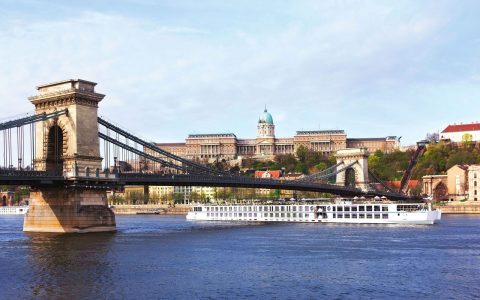Insider's Guide:
The Top 6 Things to Do in Budapest
Often described as a pearl of the Renaissance, the Hungarian capital has earned a reputation as one of Europe’s most beautiful. And after making your way through the below list of things to do in Budapest, you’ll understand why.
But first, a bit of history…
Even though Budapest in its contemporary form appeared only in 1873 when the towns of Buda, Obuda and Pest (located on both sides of the Danube) were merged, the city’s history in fact spans more than 2,000 years. The Romans knew the healing properties of its waters, but it did not become the capital of Hungary until the 13th century when Bela IV had a castle built in Buda. Often described as a pearl of the Renaissance, the city was destroyed by the Turks in the 16th and 17th centuries. This time of destruction was followed by the Habsburg rule, which suppressed Hungarian nationalism but rebuilt and modernized Budapest, remaking it into one of the most beautiful capital cities in Europe.
Parliament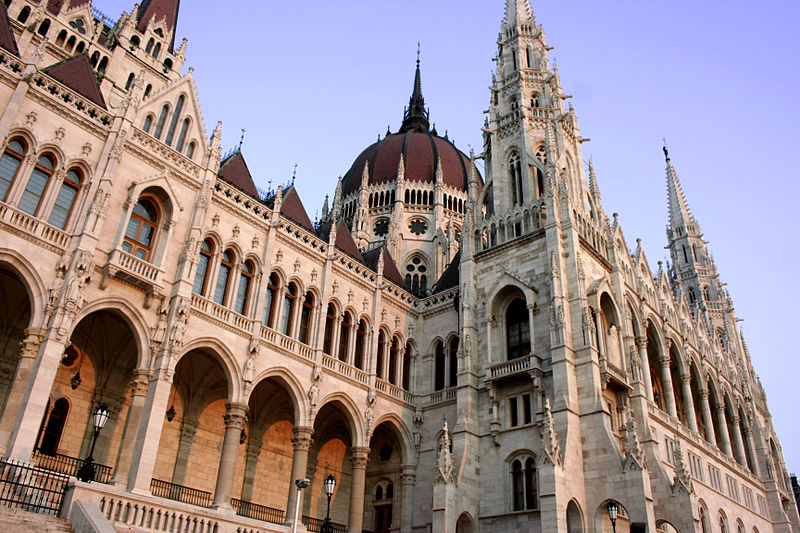
The Parliament building is one of the most impressive results of the series of constructions carried out for the Millennium celebration in 1896, the 1,000th anniversary of the settlement of the Hungarians in the Carpathian Basin. It was also an important manifestation of Hungarian nationalism and identity, since within the Austro-Hungarian Empire finally, the Hungarian government had its own seat, the nation received its independent “house.”
Imre Steind won the international competition and the construction of the Parliament started based on his plans in 1885. One of the conditions of the competition was that only Hungarian materials were to be used, thus the 40 million bricks, 40 kg of gold and half a million precious stones all came from different parts of the country, contributing to the unifying image of the Parliament. The style of the building is mostly neo-Gothic, but there are features of Baroque as well. Steindl managed to create an eclectic style that made the Parliament unique and extraordinary, worthy of becoming the symbol of the nation.
From Vienna to Budapest
More majestic than mighty, more grand than great, the Danube deserves its admiration. And there is no better way to explore it than our Vienna to Budapest Biking trip, as its banks offer some of the best bike paths anywhere in world, with delightful villages and views nonpareil.
DETAILED ITINERARY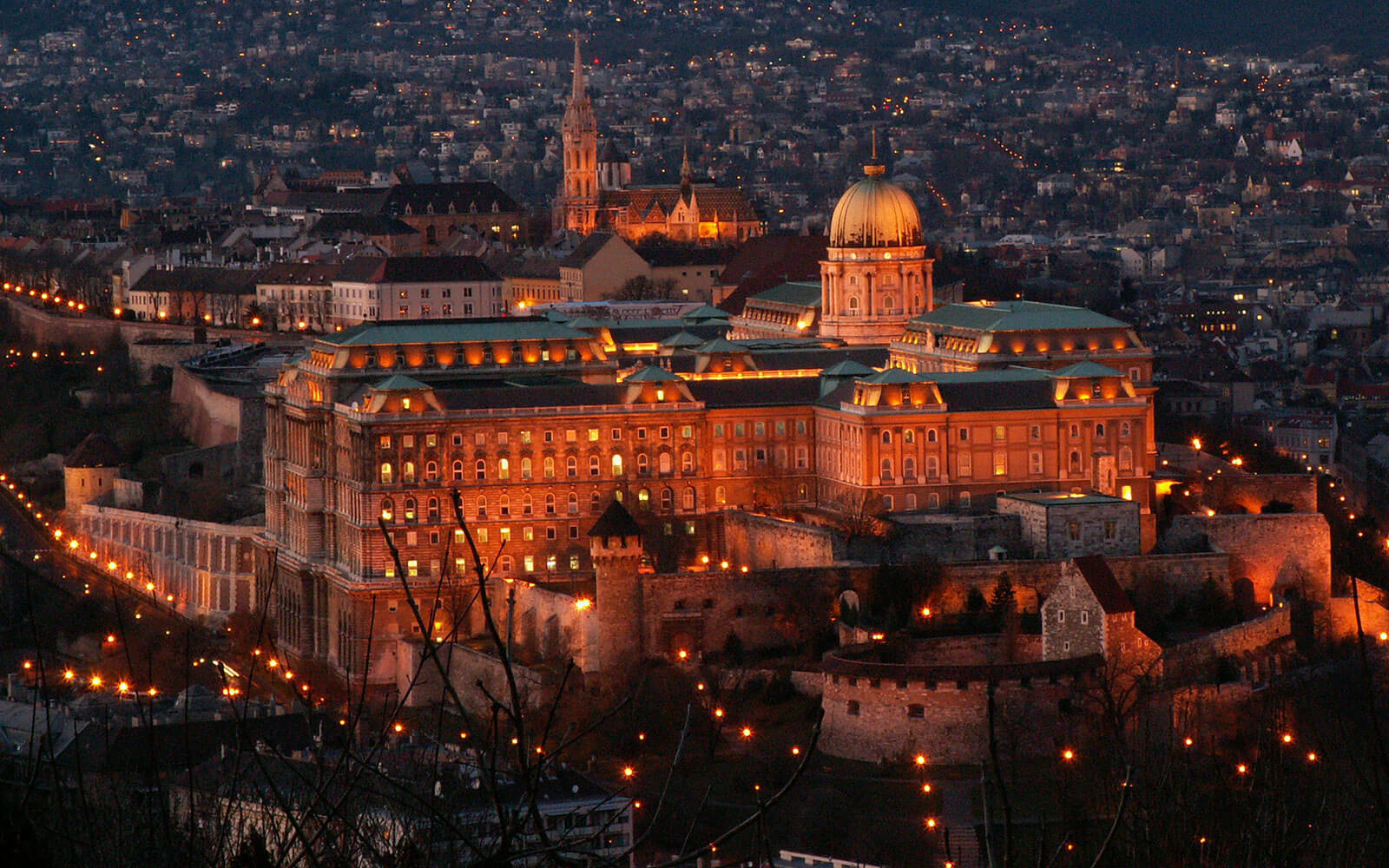
The Buda Castle
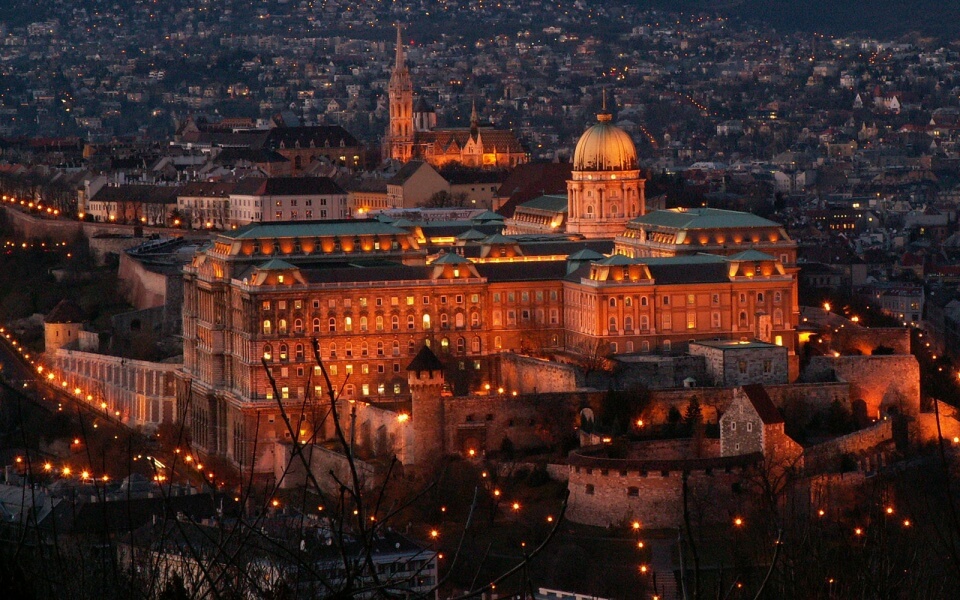
Pictured above, Buda Castle is another symbol of the unified, independent Hungary being the ancient capital of the Hungarian Kingdom. However, it was not the only, not even the first capital. The only Hungarian royal family, the Árpáds didn’t even have a seat here. It was later in the 14th century that the kings of the Angevin house invited to the throne from France moved to Buda. Through the centuries the castle and the palace was ruined and rebuilt many times by different invaders, such as Turks, Habsburgs and Germans. The present-day structure of the palace was established under the Habsburg Empress, Maria Theresa, during the 18th century. The palace and the castle district became a World Heritage Site in 1987.
Széchenyi Spa
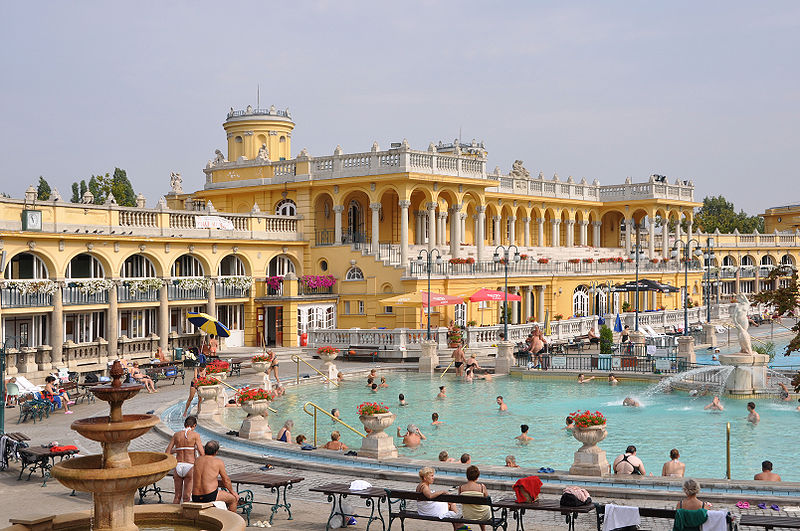
The Széchenyi Medicinal Bath is one of the biggest bath complexes in Europe and it is a great representation of the richness of Budapest, due to geothermal water. The building was constructed at the beginning of the 20th century and replaced the temporary bath facilities set up in the 1860s. The beautiful, modern neo-Baroque bath was the manifestation of the spa culture celebrated by the Hungarian bourgeois, which became wealthy and increasingly influential as the result of the industrial boom in the second half of the 19th century. Originally there were separate sections for men and women, now all the indoor and outdoor are coed.
Rudas Spa
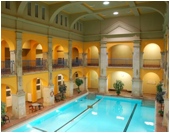 As opposed to the “Bourgeoisie” spa culture of the Széchenyi Bath from the end of the 19th century, the Rudas Baths or Rudas fürdő represents a different bath tradition in Hungary. It was built by the Turks in 1550 after the occupied Buda, thus establishing the Turkish bath culture in Hungary. This is the westernmost original Turkish bath of Europe. However, it incorporated some of the elements of the local traditions as well; it has more pools than the ones found in Turkey and the massage place was moved from the centre to separate rooms. The main bath area is octagon-shaped, with five pools of different temperatures between 28-42 degrees Celsius. The weekdays are split into men or women-only days, while the weekends are coed.
As opposed to the “Bourgeoisie” spa culture of the Széchenyi Bath from the end of the 19th century, the Rudas Baths or Rudas fürdő represents a different bath tradition in Hungary. It was built by the Turks in 1550 after the occupied Buda, thus establishing the Turkish bath culture in Hungary. This is the westernmost original Turkish bath of Europe. However, it incorporated some of the elements of the local traditions as well; it has more pools than the ones found in Turkey and the massage place was moved from the centre to separate rooms. The main bath area is octagon-shaped, with five pools of different temperatures between 28-42 degrees Celsius. The weekdays are split into men or women-only days, while the weekends are coed.
Vajdahunyad Castle

Vajdahunyad Castle is another example of the output of the Millennium celebration in 1896. It is mostly a copy of an existing Castle in Transylvania— and it was built in an eclectic style combining features of Romanic, Gothic, Renaissance and Baroque architecture. Originally it was built only for the celebration— and it was made of cardboard. However, it was so popular, that they finally rebuilt it of stone.
Andrássy Street
By now it should not be a surprise that just like many of the other famous sites of Budapest and most parts of the impressive downtown boulevard, the Andrássy Street was also built for the Millennium. The first attempts for creating a major avenue here were made in the early 1970s, but the majority of the Art-Nouveau mansions were built in the 1890s. Furthermore, the first continental subway was built under Andrássy Street for the Millennium. It was designed after Champs-Élysées, running into Heroes Square, similar to the Concorde Square. It was declared a World Heritage Site in 2002.
MORE FROM Europe + Hungary
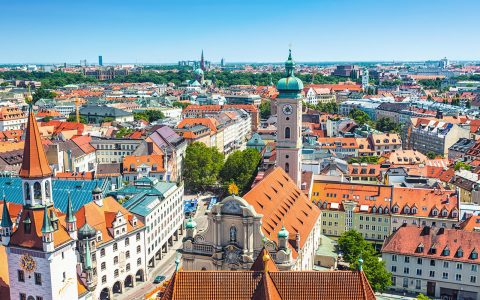
9 Must-Sees Along the Danube River
Austria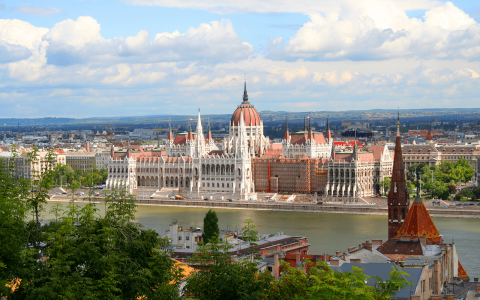
Insider’s Guide: Budapest Baths
Hungary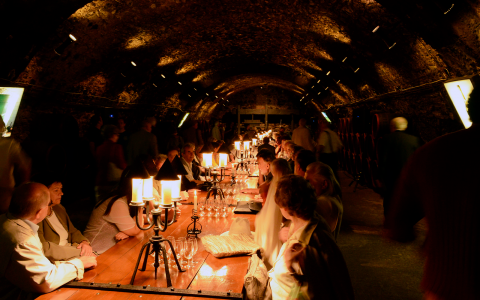
Vines 102: Hungarian Wines to Savour
Hungary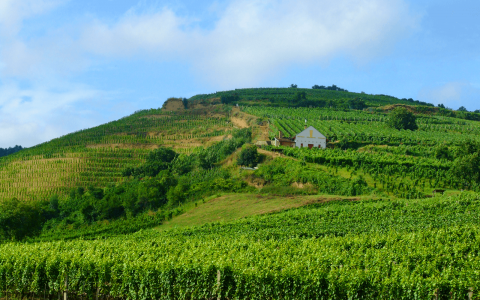
Vines 101: An Introduction to Hungarian Wine
Hungary
Butterfield & Robinson Danube Biking Cruise
Austria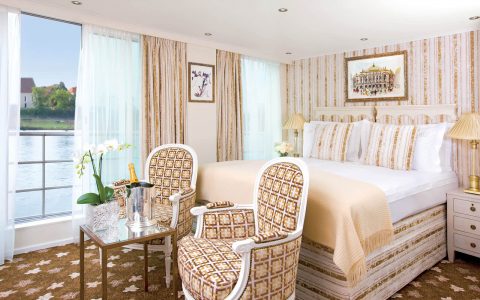
Butterfield & Robinson Introduces Biking River Cruise
Austria